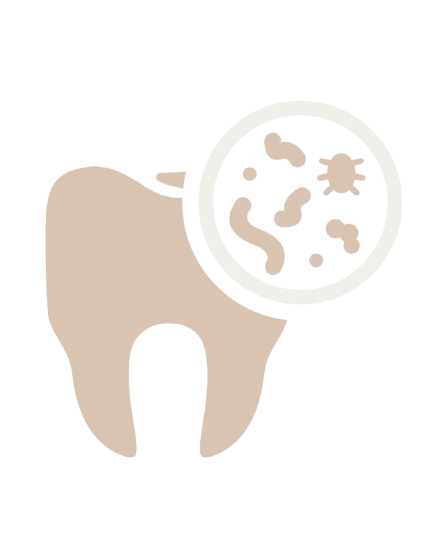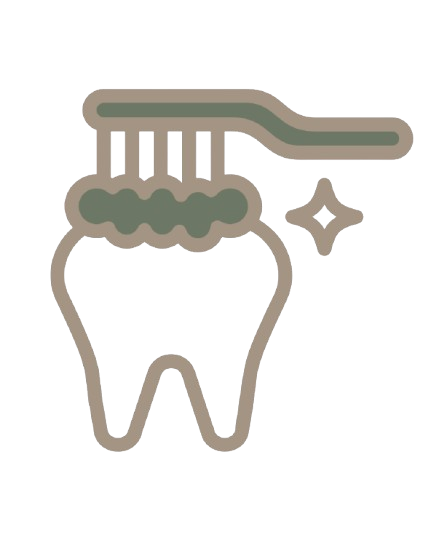FAQ
Do you take insurance?
Good Medics does not accept insurance. We believe in transparent, upfront pricing with no hidden fees, and we’ll show you the cost of your visit before you ever speak with a doctor.
When can I make an appointment?
As soon as your purchase is complete, you’ll get a link to register in the patient portal. From there, you can choose the time that works best for your schedule.
When will I see a doctor?
Most patients are seen within 24 hours. You’ll be able to schedule a telehealth visit right after registering in the portal and completing your forms.
Will I get medications if needed?
Yes. If clinically appropriate, we can prescribe antibiotics or pain medications to help manage your tooth infection.
What causes tooth infections?
They are often caused by untreated cavities, gum disease, or trauma to the tooth, allowing bacteria to reach the root.
What are the symptoms?
Throbbing tooth pain, swelling, sensitivity, bad breath, or fever are common signs of infection.
Can this be diagnosed via telehealth?
Yes. While we can’t perform dental exams, your provider can evaluate symptoms and provide prescriptions or guidance.
Will I need to see a dentist?
Yes. While we can help manage symptoms, you’ll need in-person care—such as a root canal or extraction—for full treatment.
How soon will I feel better?
With antibiotics and proper care, most people begin feeling relief within 1–2 days.





